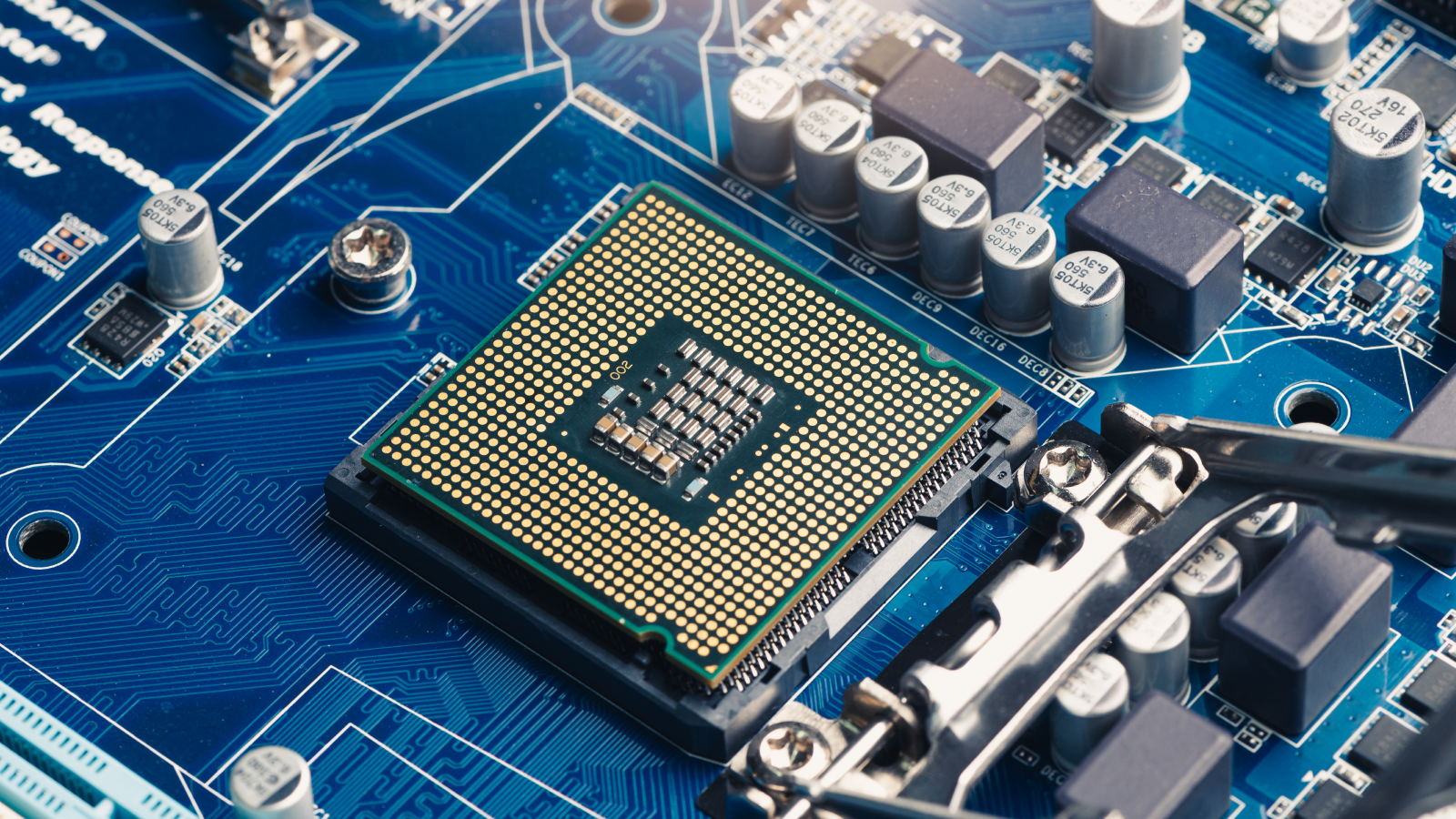“The new device is built from arrays of resistive random-access memory (RRAM) cells… The team was able to combine the speed of analog computation with the accuracy normally associated with digital processing. Crucially, the chip was manufactured using a commercial production process, meaning it could potentially be mass-produced.”
Article is based on this paper: https://www.nature.com/articles/s41928-025-01477-0



You might benefit from watching Hinton’s lecture; much of it details technical reasons why digital is much much better than analog for intelligent systems
BTW that is the opposite of what he set out to prove He says the facts forced him to change his mind
https://m.youtube.com/watch?v=IkdziSLYzHw
For current LLMs there would be a massive gain in energy efficiency if analogue computing was used. Much of the current energy costs come from stimulating what effectively analogue processing on digital hardware. There’s a lot lost in the conversation, or “emulation” of analogue.
Thank you for the link, it was very interesting.
Even though analogue neural networks have the drawback that you can’t copy the neuron weights (currently, but tech may evolve to do it), they can still have use cases in lower powered edge devices.
I think we’ll probably end up with hybrid designs, using digital for most parts except the calculations.
For low power neural nets look up “spiking neural networks”
I wish researchers like Hinton would stick to discussing the tech. Anytime he says anything about linguistics or human intelligence he sounds like a CS major smugly raising his hand in Phil 101 to a symphony of collective groans.
Hinton is a good computer scientist (with an infinitesimally narrow window of expertise). But the guy is philosophically illiterate.